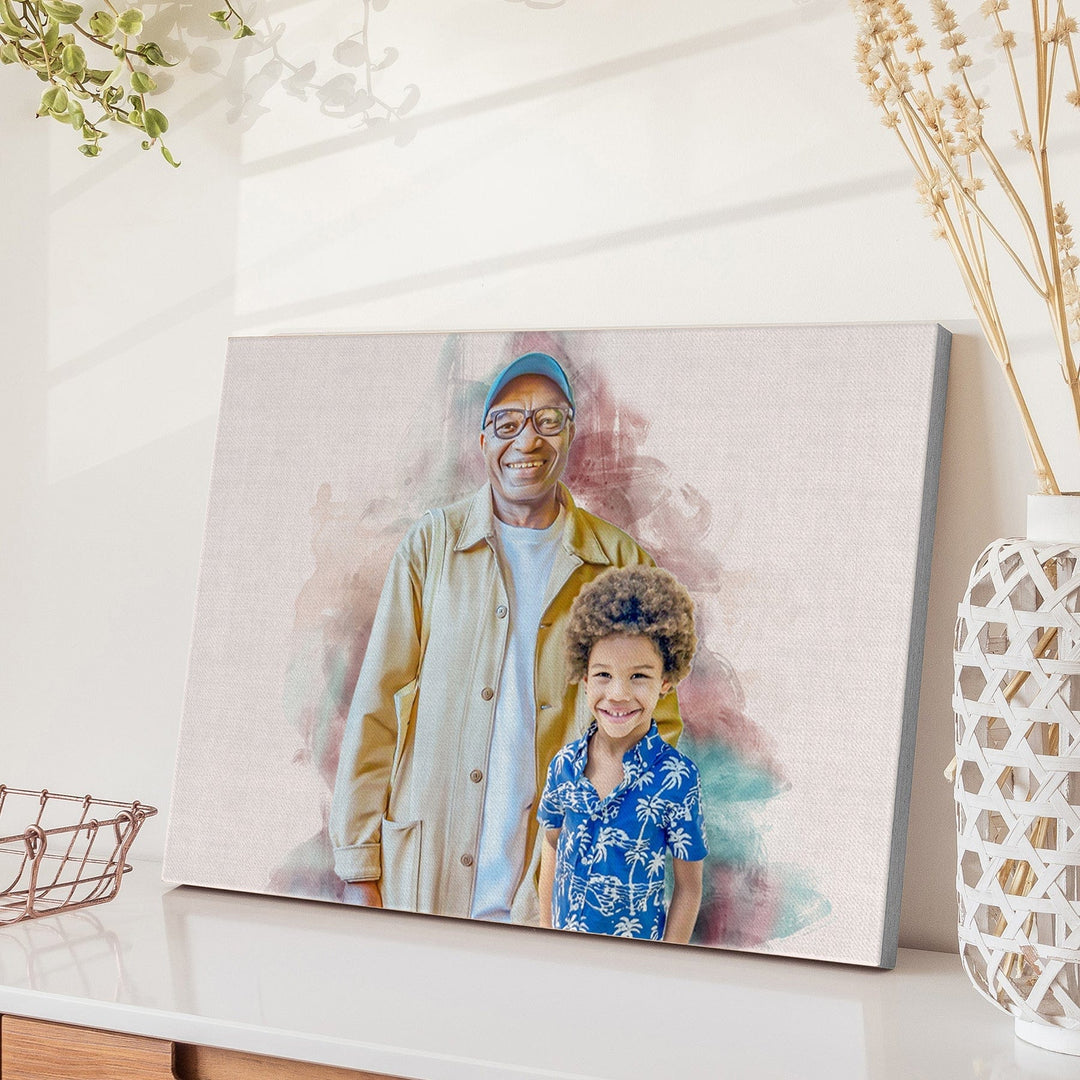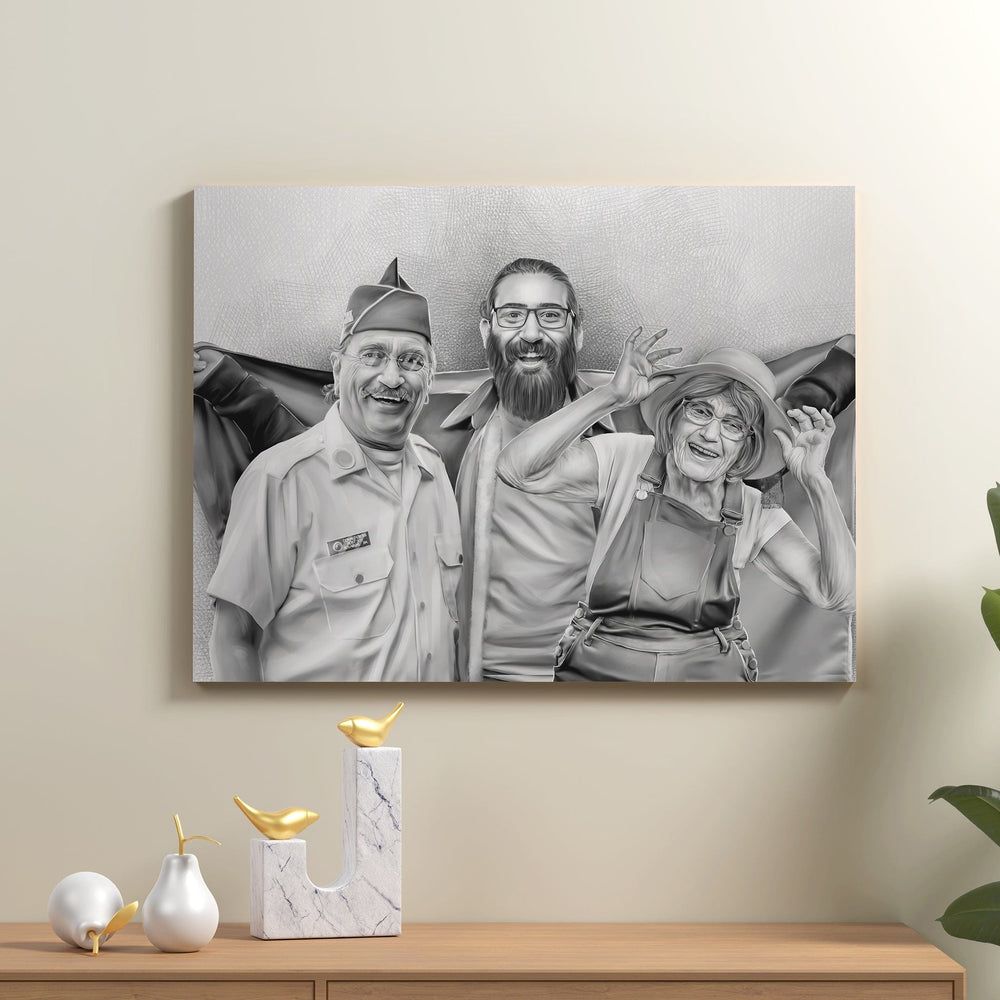Exploring Famous Baroque Characteristics in Art History

Enter the captivating world of Baroque art, where every stroke of the brush and cut of the chisel tells a story of majesty, passion, and spectacle. This journey will lead you to discover a unique artistic movement that originated in the 17th century and forever altered the course of art history. Prepare to be mesmerized by the Baroque era's signature elaborate richness, dramatic compositions, and play of light and shadow.

You are about to journey through the complexities of Baroque art, so prepare yourself. Find out what makes it unique, its defining themes, and what stories helped form it. As you learn more, you'll have a deeper appreciation for the ongoing allure of the Baroque period and a greater desire to contribute to its storied history.
Origin of the Word 'Baroque'
The word "Baroque" comes from the Portuguese word "barroco," which refers to a pearl with an odd shape. It was first used in the 18th century to describe the style of art and building from the 17th century that was complicated and over the top. At first, the word "Baroque" was often used badly because some reviewers thought the art of the time was too extravagant and over the top.
The term "Baroque" is now commonly used to describe the time and style of art that was popular from the late 16th to the early 18th century. Its essential traits of exuberance, theatricality, and emotional intensity remain consistent across various artistic forms from countries and places.
7 Main Characteristics of Baroque Art
Tha main baroque art characteristics that distinguish it from other art styles are well-known. The following are the defining features of Baroque art:
Dramatic Excess

Baroque works are recognizable for their dramatic flair, massive scale, and profound emotional impact, just like how a painting captures the essence of a cherished moment. Freezing it in time has an intensity that resonates through generations. Artists of the time tried to make their viewers feel something by using bold colors, dynamic figures, and intricate compositions.
Chiaroscuro

Capture the eternal memory of your pet with a custom canvas painting.
Chiaroscuro, the dance of light and dark, is characteristic of Baroque paintings. By contrasting bright and dark parts, this method gives works of art a sense of depth, volume, and three dimensions. What are some advantages of an oil painting? It breathes life into sketches by incorporating a lost loved one in family painting to give it a tactile texture and a dynamic interplay of light and shadow.
Change and Vitality
Movement and vitality are common themes in baroque works of art. The compositions provide a sense of motion and vigor through dynamic stances, swooping draperies, and diagonal lines.
Complex Patterns
Baroque works are known for their elaborate ornamentation. Artists gave their creations extra depth by paying close attention to details like texture and pattern.
Naturalism
Naturalism was a goal of the Baroque era's artists, who attempted to portray their topics as accurately as possible. This includes depicting human figures and inanimate objects with realistic dimensions and detailing.
Emotional Expression

Relive your best moments with a custom family portrait painting.
The ability of baroque art to evoke strong feelings has made it famous. Similarly to how a custom family portrait painting captures the warmth of a smile or the compassion of a moment on canvas, Baroque art captures the intensity of human emotions, allowing them to transcend time and touch the hearts of future generations.
Strong Contrast
Light and gloomy passages generally vary greatly within and across works and in overall Baroque compositions. This strategy heightens the tension and draws the audience's attention to specific areas. Just as a watercolor painting depicting a mother's life shows the delicate balance of strength and tenderness, the play of light and shadow in Baroque art reflects the complicated dance between power and fragility, enabling us to explore the profound depths of human experience. And in order to appreciate every nuance, you'll need to know how to store an oil painting or any other type of artwork.
Baroque Art Styles
Baroque art spans the 17th and early 18th centuries and contains various regional styles and trends. Some well-known examples of Baroque art are as follows:
Italian Baroque
Dramatic intensity, emotional expressiveness, and intricate detailing are hallmarks of contemporary Italian fashion. The chiaroscuro effect and Caravaggio's realistic depiction of commonplace themes were particularly formative. Bernini's works often blurred the limits between sculpture and architecture due to their combination of dynamic stances and meticulous details.
Dutch Baroque
The Dutch Golden Age gave rise to a distinct form of the Baroque. Genre scenes, landscapes, and still lifes are typical subjects in Dutch Baroque paintings. Vermeer's use of light and attention to detail was characteristic of his style, while Rembrandt's mastery of chiaroscuro and vigorous treatment of themes made a lasting impression.
Flemish Baroque
Artists like Peter Paul Rubens and Anthony van Dyck of the Southern Netherlands (present-day Belgium) contributed greatly to the development of Flemish Baroque painting. Famous for his refined portraits, Van Dyck depicted the nobility excellently.
Spanish Baroque
Artists like Diego Velázquez and Bartolomé Esteban Murillo emerged from the religious fervor and Counter-Reformation that informed the Spanish Baroque style. Amazing realism and psychological depth characterize Velázquez's portraits and historical settings. Murillo's paintings frequently featured religious themes, and he painted them with a sympathetic heart.
French Baroque
King Louis XIV of France patronized an aristocratic, symmetrical style of art known as the Baroque. Important contributors included François Mansart, an architect, and Nicolas Poussin, a painter. The classical style's clear composition and cerebral subject matter were important to Poussin.
Get a Portrait Done in The Elegant Baroque Manner
As your voyage through the fascinating world of Baroque art comes to a close, you will have experienced the drama, chiaroscuro interplay, and raw emotions that characterized that period. You're reminded of the depth and texture that may be found in art, thanks to the play between light and shadow.
Now that you've been suitably impressed by the rich details and dramatic expressions, why not adopt these hallmarks of Baroque art when personalizing your artwork in Memorialize Art? By commissioning an artwork on their website, you can channel the spirit of the Baroque artists and investigate the art of capturing emotions and narratives, giving new life to your memories. Initiate your commemorative artistic projects, and allow the Baroque memory to motivate you.










